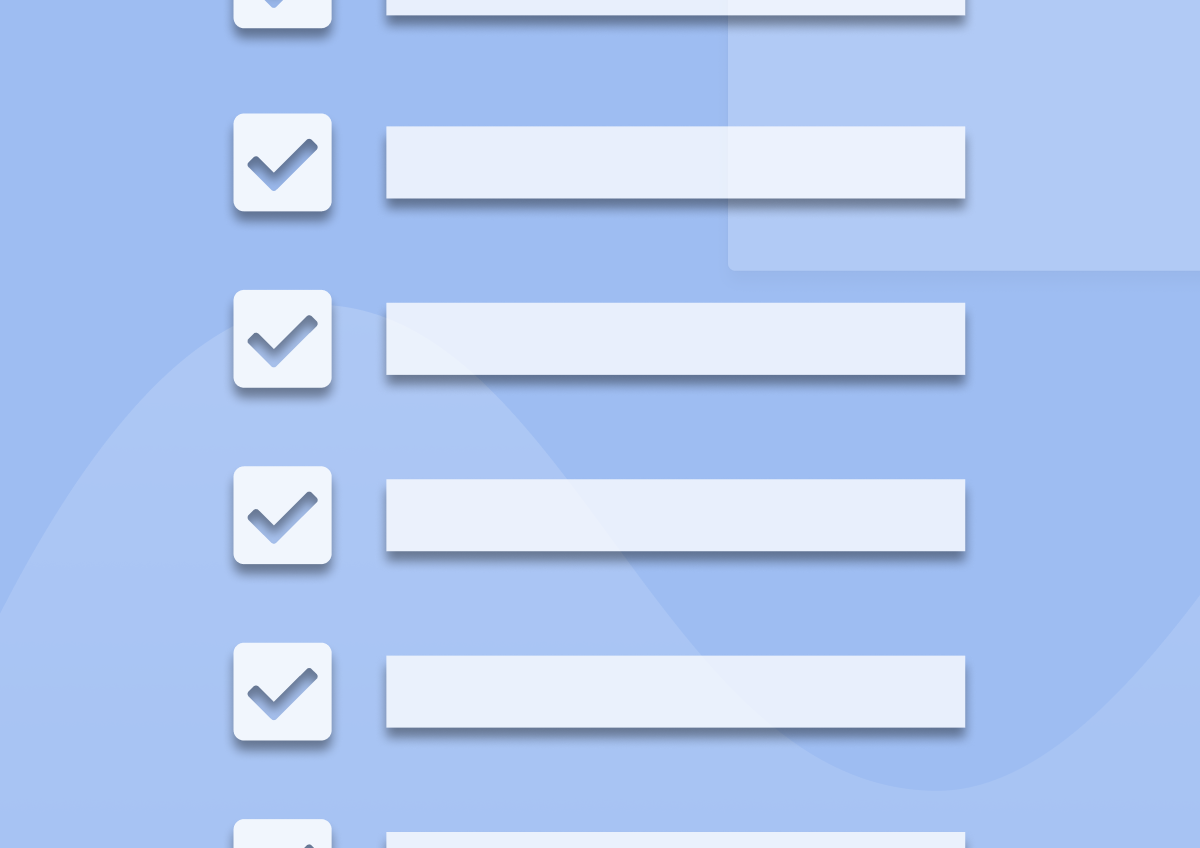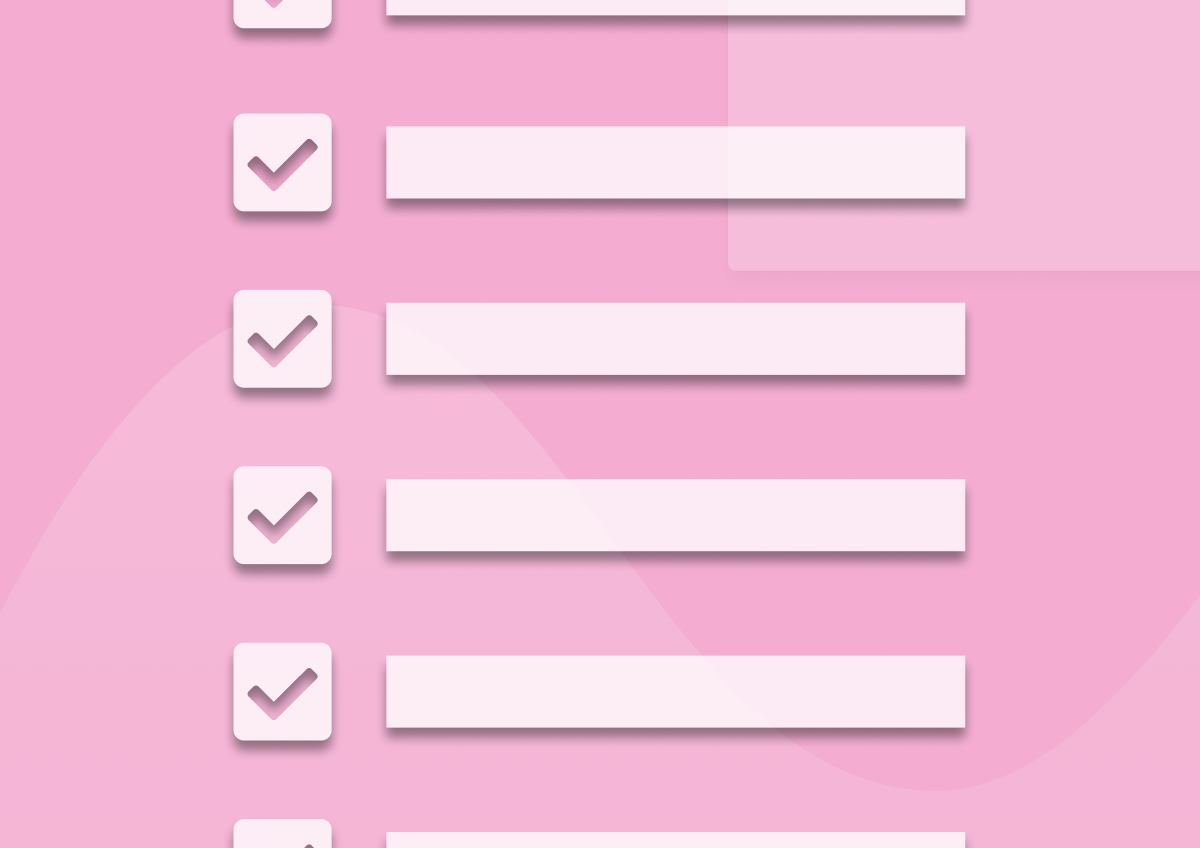What is a Good CSAT Score for SaaS
Have you just run your first-ever customer satisfaction survey? Wonder what is a good CSAT score and how does yours compare with others?
In this post, you will learn what the CSAT score is. You’ll also discover guidelines and benchmarks to help you what is a good CSAT score. And also, I’ll show you some ideas for improving your CSAT score.
Let’s begin.
What Is CSAT Score?
Customer satisfaction score (CSAT) is a metric that helps find whether the customers are satisfied with the product, service, or experience with a brand.
It is a result of a CSAT survey - a type of feedback survey that asks customers to answer a binary question, rating scale question, or a Likert scale question, like this:

The above is an example of a generic CSAT survey. However, with CSAT surveys you can also uncover customer satisfaction levels relating to specific interactions across the entire customer journey. You can survey customers to uncover their satisfaction with your:
- Billing,
- Onboarding or training,
- Sales interactions,
- Customer support,
- Particular features,
- Product use, and more.
Are CSAT Surveys Still Relevant?
I get asked this a lot.
Customer preferences change all the time. So, does it even make any sense to measure CSAT and collect customer feedback?
Well, absolutely, and here are a few reasons why CSAT is a gold standard for gauging customer satisfaction:
- CSAT surveys are easy to execute: You can make and send a survey in a couple of minutes with a dedicated CSAT software.
- Everyone recognizes a CSAT survey: Though people won’t know it’s called “CSAT,” they know what to do when asked to rate out of 5-stars or choose an appropriate emoji on a Likert scale.
- The survey has a high response rate: People can answer a CSAT question in a second; therefore, they don’t mind responding to CSAT surveys.
- CSAT results are easy to calculate: As you’ll see in the next section, calculating and reading CSAT scores is straightforward. And those scores help you quickly highlight the greens and reds of your SaaS business.
Having said that, CSAT surveys aren’t the only ones you should conduct for your SaaS. Net Promoter Score (NPS) and CES are right up there. Although they also help measure customer satisfaction, you use them for different purposes:
- NPS: NPS (Net Promoter Score) surveys help find customer loyalty. It does so by asking customers about their likelihood to recommend your app to a potential purchaser and deliver the result as an NPS score.
- CES: CES (Customer Effort Score) surveys help identify friction points in your product or service experience. A typical CES survey question asks about the ‘ease of use’ of using a specific feature.
How To Calculate the CSAT Score?
Firstly, you don’t need to calculate the CSAT score if you use a dedicated tool like Refiner — the platform will display your score in real-time.
However, if you are just curious how it works, here’s how:
The CSAT score is the percentage of satisfied customers (among survey respondents). And the CSAT score ranges from 0% to 100%.
For example, if you send a 5-point Likert scale question, where 1 = Very Unsatisfied and 5 = Very Satisfied, then:
CSAT = The number of satisfied customers (i.e., people who have responded by selecting option 4 or 5)/ Number of survey responses) x 100
Similarly, if you ask a binary question like “Are you satisfied with our customer service?” then Yes = Satisfied and No = Unsatisfied. And CSAT = (The number of “Yes”/Total number of responses) x 100
Let’s take a specific Likert scale question example. Say 180 users fill your survey, and the responses are as follows:
90 users give 5 points,
45 give 4 points,
The remaining 45 are neutral or dissatisfied.
The formula for calculating CSAT score is (Total number of 4 and 5 point responses)/total number of respondents x 100
Then, CSAT = ((90+45)/180) x 100 = (135/180) x 100 = 75% (meaning that overall, 75% of your users are satisfied with the product).

But I know – the million-dollar question is whether such a result (or any other score you got) is good or not.
Let’s take a look at that, then.
What Is a Good CSAT Score?
In general, a CSAT score of above 80% is considered excellent. For scores below that, take a look at this table for reference :
| CSAT Score | Meaning |
| 0-40% | Poor CSAT |
| 40-60% | Okay CSAT |
| 60-80% | Good CSAT |
| 80-100% | Excellent CSAT |
However, industry benchmarks, or even better, direct competitors’ scores, give the best idea as to whether you should be happy with your CSAT or not.
The American Customer Satisfaction Index (ACSI) benchmarks show that the average CSAT score by industry can range from somewhere in the 60s (for internet service providers and subscription TV service) to the 80s (for restaurants).
There are no benchmarks for the SaaS industry in particular. However, ACSI has benchmarks of the “Computer Software” industry, which is pretty close. In 2021, the software industry’s customer satisfaction score was 77. If we consider the same for SaaS, a score above 77 is good, and below it is bad. (Of course, the more on the upside = better, and more on downside = worse)

How To Improve Your CSAT Score?
The primary aim of CSAT surveys is to find areas where customers are dissatisfied and improve them. Here’s your step-by-step guide to improving your CSAT score:
1. Start by collecting as many quality responses as possible
You need both the volume of responses and quality responses (i.e., accurate information) to make a data-driven decision. So start with a focus on getting customers to respond.
To get the maximum possible responses,
- Send survey at the right time and frequently: You must send surveys at the time when the customer is most likely to respond. For example, ask about their customer service experience as soon as their ticket is resolved.
- Send survey at the right place: You can send CSAT surveys through the in-app pop-up widget, live chat, email, and more. Pick a place where the customer is least likely to ignore.
To get quality responses,
- Ask precise follow-up questions: You won’t understand customers’ needs with just the CSAT score — you’ll know if they are happy or not, but not why. To know the “why,” follow up the single question (i.e., base question – rating, binary, or Likert scale) with an (optional) open-ended follow-up question that asks why the customer gave the rating they gave.
2. Look for patterns
Hopefully, you’ll get tons of quality responses from your users. Next, look for patterns across results, especially the negative ones.
You can find two kinds of patterns in your CSAT responses:
- Commonalities between the types of users: This includes a particular section of users complaining. For example, people from a specific geographical area, demography, etc., or even users of specific plans (the base plan users complaining about not having features that more advanced plans have, for instance).
- Commonalities in the complaints: If there’s a significant issue, most comments will be about it. For example, on a customer service CSAT survey, negative responses can be like “Ticket resolution time is way too much!” Similarly, if the survey is about billing difficulties, you can get “Why don’t you have Apple Pay?”
3. Determine the issues and set result-based goals
The common patterns will help you discover top issues with your SaaS. Now, it’s time to set issue resolution-based goals to solve the problem.
These are the typical steps for problem resolution:
- Start by creating a well-defined description of the goal.
- Then, send survey results to experts, i.e., relevant team(s) at your organization or experts from outside.
- With their input, make a list of tasks/steps that you need to perform.
- Determine the resources needed to carry out the task in a fixed timeframe.
- Finally, evaluate progress and make the necessary change(s) to achieve the goal.
4. Send the survey(s) again 🤞
You’d think new changes will make the users happier. And that’s generally the case, but not always. For example, Google’s CSAT has seen a decline over the last two years:

Therefore, to be sure, send the same surveys again and compare them with the previous results to discover whether you’ve made progress (on the CSAT score scale).
Note: In users’ eyes, progress is not relative to just the previous version of your SaaS; market changes also change customer sentiment. For example, in Google’s case, negative news about privacy could’ve been a reason for its declined CSAT score. Similarly, if you add a new feature, but your competitor adds two features, it’s likely that the customers expect the same extra feature from you and hence are more dissatisfied.
Conclusion
A quick glance at the CSAT score can help learn customers’ attitudes towards your SaaS. But when you don’t know what you’re looking for, it can be difficult.Hopefully, this guide helped you understand the nuances of what a good CSAT score for SaaS is. Let me know if you have any questions. And if you’re yet to run a CSAT survey, check out Refiner – a survey platform for SaaS.









